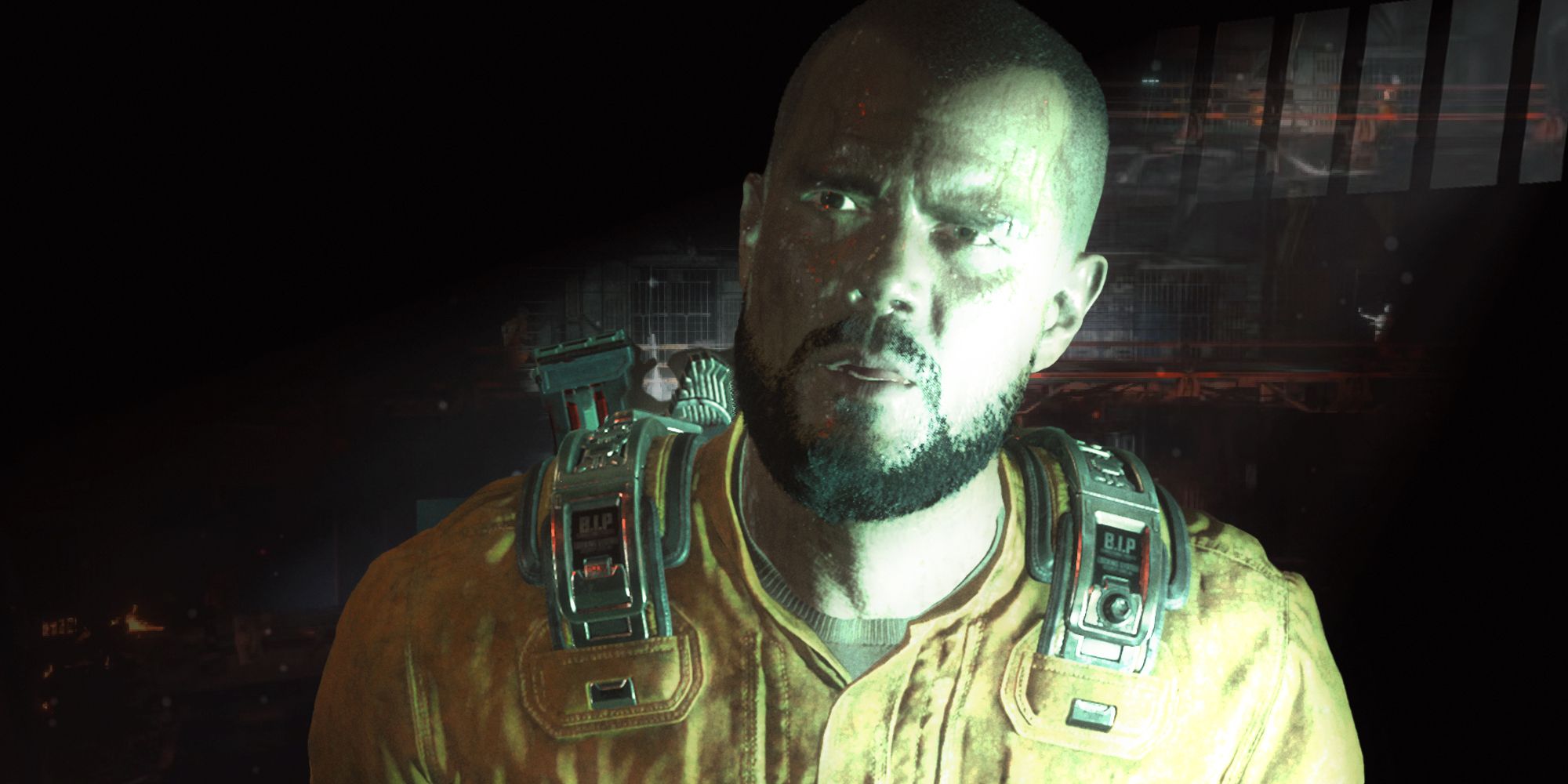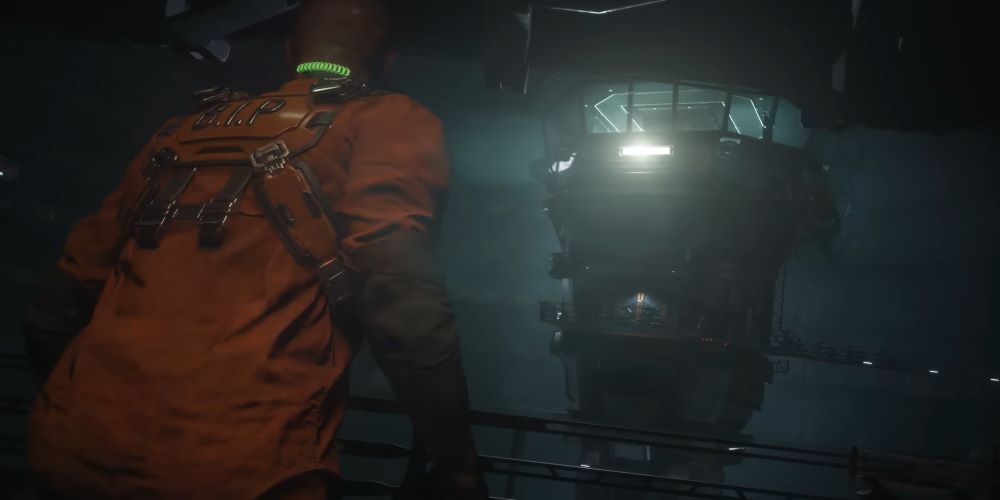Video games are a solution oriented medium. They give us enemies we can defeat, puzzles we can solve, and races we can win. A video game's story may end on a note of ambiguity — The Last of Us Part 2 memorably ends with its protagonist giving up on her mission — but mechanically, games give us resolution. As I played through The Callisto Protocol last week for my review, I realized that this makes it incredibly difficult for games to present the reality of incarceration with any amount of realism.
As soon as protagonist Jacob Lee crash lands on Callisto, he's chucked into a cell in Black Iron Prison, the maximum security penitentiary of the sci-fi future. But, just as soon as you arrive in your cell, the game conspires to let you out. Jacob has a hallucination in his cell, then comes to hours later, as the prison has, mysteriously, gone to hell. There are alarms sounding and fires burning outside. He steps to his cell door and pushes it open. Just like that, he's out. He may spend the rest of the game attempting to escape Callisto, but as soon as we start playing, we decide to no longer be confined.
This, obviously, is not how prison works. If video games are a medium that encourages finding solutions, prison is a solution the state imposes on the incarcerated. Video games ask you to win or escape, but prison allows neither. Video games are designed to provide consistent, satisfying forward progress, but prison is designed to restrict it.
If video games show prison at all, they present it as a place that can be quickly escaped. In The Legend of Zelda: The Wind Waker, Link gets tossed in a cell, but quickly finds a hole in the wall, and breaks out. In Guardians of the Galaxy, Peter Quill is locked in a prison cell and, later, confined to his room by a brainwashed Drax. In both instances, he's out in a matter of minutes.
Worse, but more honest, is the small subset of video games that aims to fulfill the pitch black power fantasy of being one of the people who runs a penitentiary, that incentivizes you to excel at the imprisonment of others. The Steam description for Prison Architect reads: "Only the world’s most ruthless Warden can contain the world’s most ruthless inmates. Design and develop your personalized penitentiary in Prison Architect." The description for Prison Simulator, which casts you as a lower member of the prison hierarchy, reads: "Become a prison guard and deal with dangerous convicts… Will you become the best guard in history? Or maybe you'll turn into the worst scumbag this Prison has ever seen?" When developers attempt to gamify prison, they quickly perceive that the prisoners aren't the ones with agency.
There are no quick fixes for prisoners. Earlier this year, Albert Woodfox, who spent almost 44 years in solitary confinement, died of Covid-19. Dennis Wayne Hope and Keith LaMar have each spent more than half their lives in solitary, each about 30 years. Though those sentences are longer and more brutal than most, the removal of agency is the reality for the incarcerated.
As a result, video games and realistic portrayals of prison may be incompatible. The closest the medium could come might be an idle game that you play for the rest of your life. Or an escape room where there is no way to escape. To show prison as it is, you have to remove the one thing that we most commonly associate with games: an achievable goal. If that sounds boring and more than a little dark, we're on the right track.


